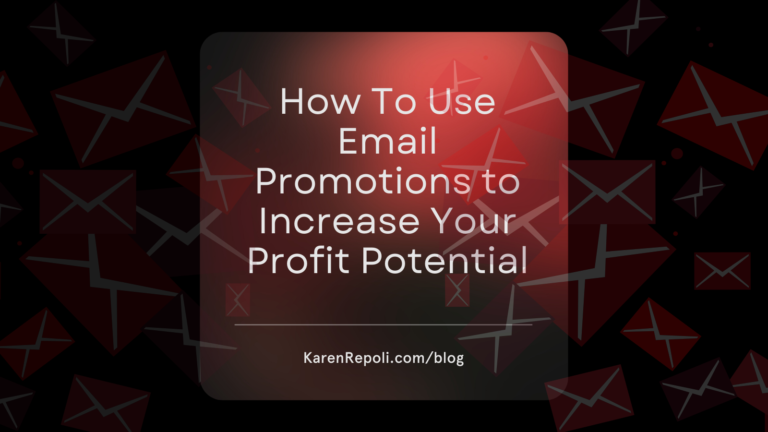Decide where your Special Offer is going to be presented. This could be a mini-site with a custom domain, a landing page in your blog, a social network Page such as your Facebook Page, through email marketing (promotion codes and/or email anchor text), in a closed forum or membership site or through a third-party network such as ClickBank or eJunkie. Regardless of where your offer is going to be presented, you will need a landing page – the last page they will see before they click the “Buy now” button.
Your landing page is where you make your final pitch and/or explain all the hints and teasers on emails or posts sending people to this final destination.
It should include:
- An irresistible heading
- Clear indication this is a time-limited or one-shot deal
- A list of benefits
- Key features
- Calls to action (at least three with anchor text or “buy” buttons)
- A main “buy” button containing a strong call to action
It can also include additional reasons to buy in a “P.S.” (or two or three). If you do use the “P.S.” gambit, make sure your “P.S.” contains a really compelling, strong appeal. (A good “P.S.” can often be the sole reason someone finally clicks through!)
It should not include:
- Any type of distraction that causes people to click away
If your Special Offer is being presented on a download page after your customer has already purchased your main offer, you also need to include anchor text making it easy to skip the Special Offer landing page and quickly continue to the download – but make sure your customer understands this will be the only time she will see your Special Offer and that she is passing it up forever!
If your Special Offer is being presented through anchor text during the checkout process, also make sure that your customer can ignore or skip that offer – but that it will not be presented again.
In either case – checkout process offer or download page offer – you still need a landing page for your customer to visit – and a way to return to either continue or complete the process they were involved in, if they are doing this as part of a process.
Test Everything!
Also make sure that your check-out process flows smoothly. There should be no “holes” where people might be tempted to abort the process.
Types of barriers that cause failures in the checkout process include:
- Technical glitches such as broken links or looping back to the wrong page
- Confusing instructions
- “Surprises” – Halfway through the check-out process is not the time to reveal there is an extra “handling fee” of $37.50 on top of your $17.00 “Real Steal”!
- Too much information asked for – the more people have to fill out (and the more personal the information you prompt them to reveal), the more they are likely to bail on you
- Too much information given – Don’t confuse your potential customer at checkout!
- Too many choices given
This principle of “less is more” is a valuable one to remember. People have even been known to bale on offers because there are too many “surprise bonuses” suddenly being presented!
Concentrate on your main message, your Special Offer – and get them through the process as easily as possible. And this means testing, testing, testing!



Pingback: Want to Increase Your Reach? Offer a Free Giveaway!